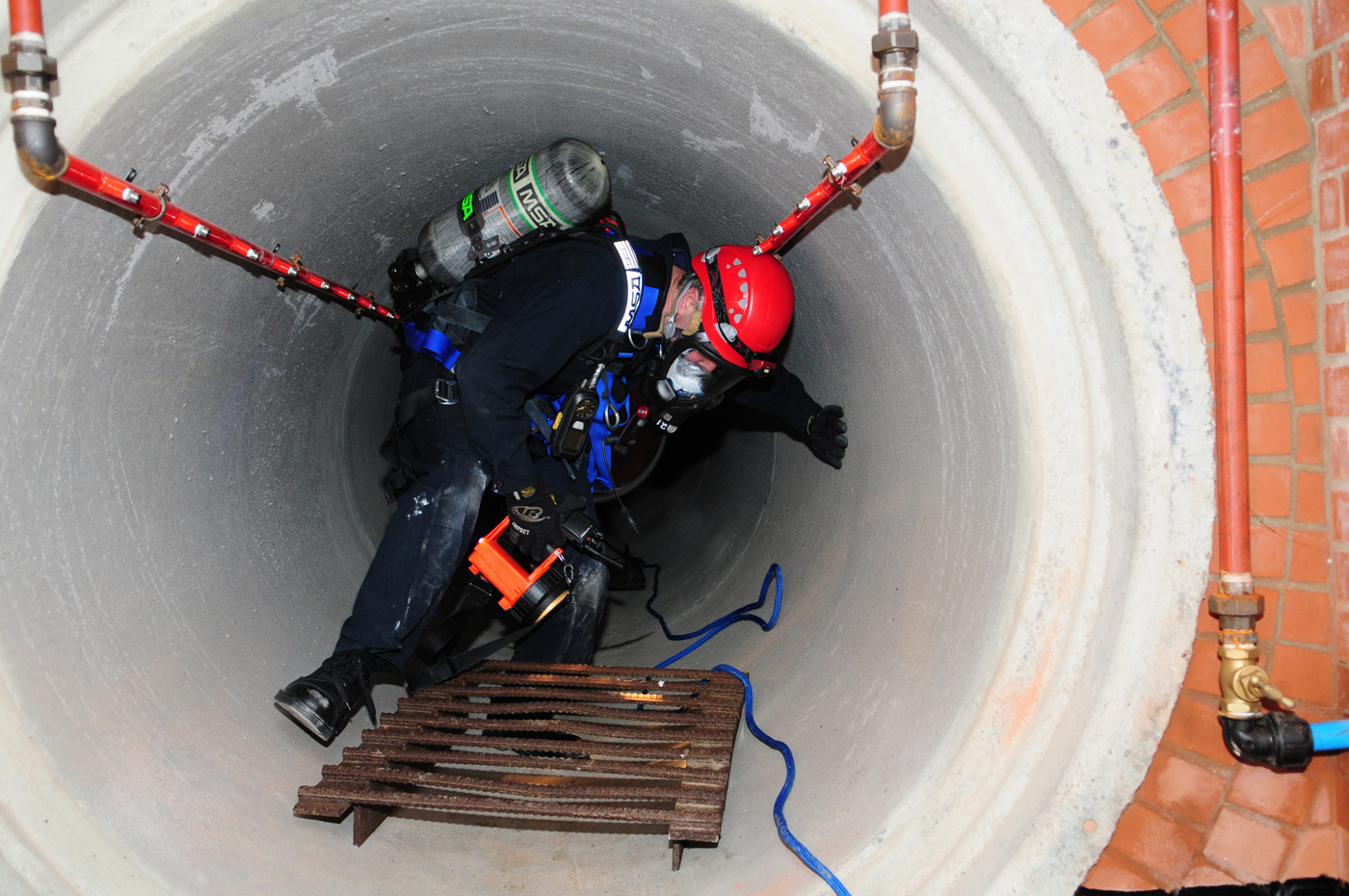
We’ve been hearing that more and more Washington State employers are being cited for confined space violations.
Confined spaces can be found in the facilities and job sites of just about every Approach client, so it’s important to know how to:
- Recognize a confined space
- Protect yourself and your co-workers in and around confined spaces
Recognize a confined space
Many confined spaces are easy to see and identify, like a tank or drainage pipe. But, even big spaces like attics or open-air spaces like trenches can be confined spaces. There’s a three-part test to know if a workspace is a confined space:
- Big enough to hold a worker
- Not primarily designed for continuous human occupancy
- Limited entrance and exit
If a space has all three of these aspects, it’s likely confined and you need to take the next step, outlined below.
Confined doesn’t mean small. Even big spaces, like attics, or open-air spaces, like trenches, can be confined spaces.
Protect yourself and your co-workers in and around confined spaces
Once you’ve identified a confined space, you now have to determine if it’s a permit-required or alternate space.
In short, permit-required spaces have additional hazards, such as the potential for: loss of oxygen/breathing difficulty, fire or explosion, or difficulty reaching a worker in the space in case of emergency. Special measures must be in place for these spaces and access must be controlled so that no one can enter unless authorized. Refer to Appendix E (on the Labor and Industries website here) to write a confined space plan.
Alternate spaces (formerly known as non-permit spaces) have no hazards within them – none. You must document this using Appendix J (view the WAC here) and keep a copy at the alternate space entry point.
Non-permit spaces have changed…
Alternate spaces used be known as non-permit spaces. With the new confined space rule that went into effect February of this year, the policy makers removed non-permit confined spaces and now say either you have permit-required or alternate spaces. This has created some confusion since the non-permit confined space is not in the rule anymore.
Again, regardless of what it is called, you should always document why it is “not” a permit-required confined space and keep the copy of your documentation available so it’s clear you have assessed the space.
More changes on the way?
Once a year, LNI’s DOSH program has staff training call a symposium. This year’s training will be in July and industry observers anticipate that LNI staff will be provided technical and policy guidance on enforcement, training, and outreach on the new confined space rule.
We do expect to see some changes in the rule or a DOSH Directive to clarify the language.
For now, make sure you’ve documented all the confined spaces where your employees or subs may be working. And, if you’re working in or near a space you think may be confined, STOP and check with your supervisor right away.


